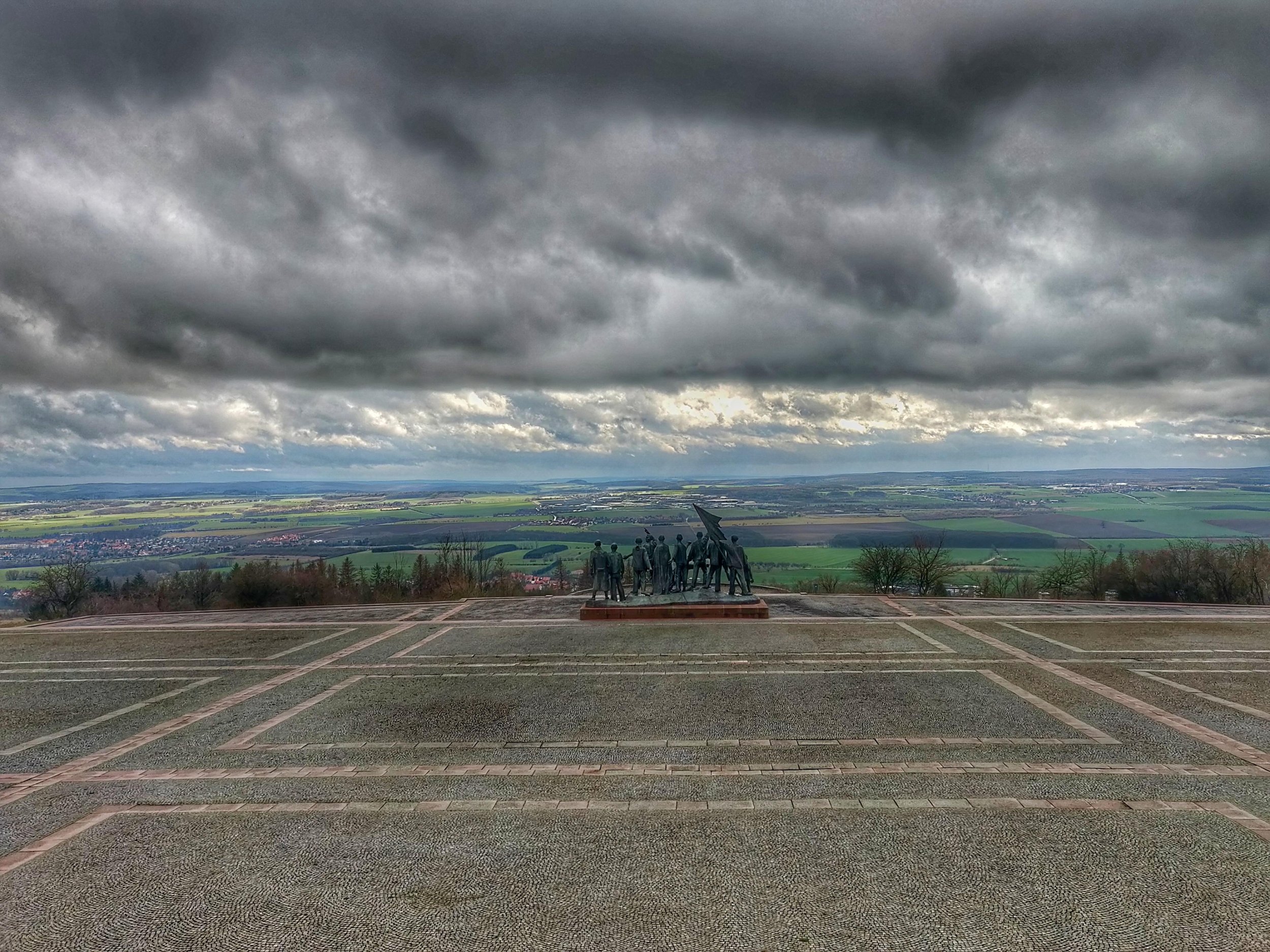
A shared culture of remembrance is fundamental to individuals and societies. It anchors us in shared experiences, teaching us the lessons of the past while shaping our decisions for a better future.
Our tool is named after our flagship project. ECHO80 brings public remembrance into the digital age, making it accessible, engaging, and relevant for modern audiences.
A focus on memorial culture.
Mapping Memorials
A necessary update.
Mapping Memorials shows for the first time an unprecedented and unique data collection of more than 8000 places of remembrance of the victims of National Socialism in Germany.
80 years after.
A landscape of public remembrance of victims and persecuted, with its themes, forms of expression, conjunctures, visibilities, blind spots, over time and in its current state.
Our aspiration.
In the eightieth year of liberation from National Socialism, we want to enable comprehensive and accessible remembrance of all victims of National Socialism.
Do you want to be part of this unique project?
Get in touch with us.
A sample map of memorials to the victims of National Socialism in Germany showing limited data from our multi-modal data collection process.
Discover. Remember. Connect.
Many monuments are almost impossible to find, both analog and digital. Mapping Memorials makes them visible again.
A overgrown memorial for a death march in Gera, Thuringia.
A former Synagogue in Solingen, North Rhine-Westphalia turned into a bunker that has an overgrown memorial plaque attached. Not marked on digital maps.
Dive deeper.
Analyse a multitude of categories.
A specific person, a named group or an anonymous collective? Explore the different groups of victims mentioned.
Market place or parking lot? Take a look at where the memorials are.
Maintained or overgrown? Recognize the current state of memorials.
Still divided? Public remembrance East and West.
“For all victims of tyranny”: Examine the use of language over the different eras.
1945, 1985, 2005: Find out the conjunctures of remembrance.
And many more.
Combine and visualize them.
Explore. Learn. Engage.
A vivid culture of remembrance is an example of democracy in action.
What happened at this place?
Who were the people mentioned?
What else happened there?
Who initiated the memorial?
Who takes care of the memorial today?
Customize it for your purpose.
Our tool can be used for a variety of projects based on collection and analysis of open source data.
Other sample projects.
Still relevant: Adolf Hitler's honorary citizenship in countless German cities.
Commemorating colonialism? Public presence of the colonial past.
Or:
Female representation in local and regional politics.







